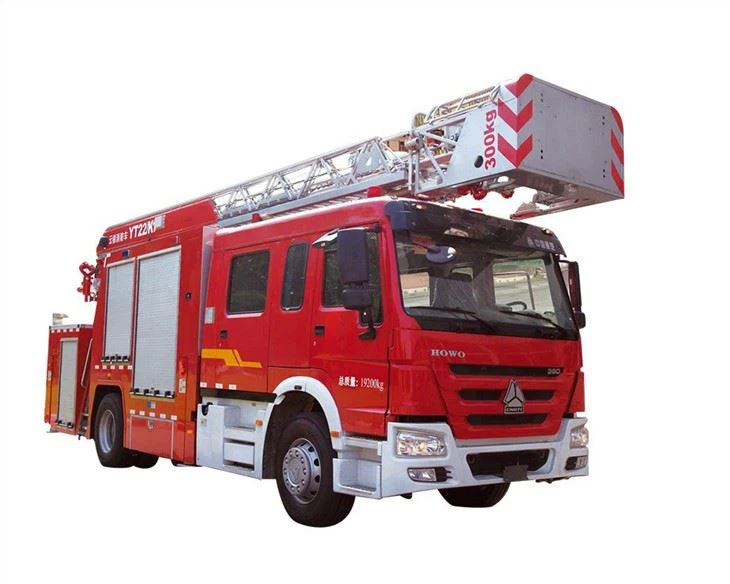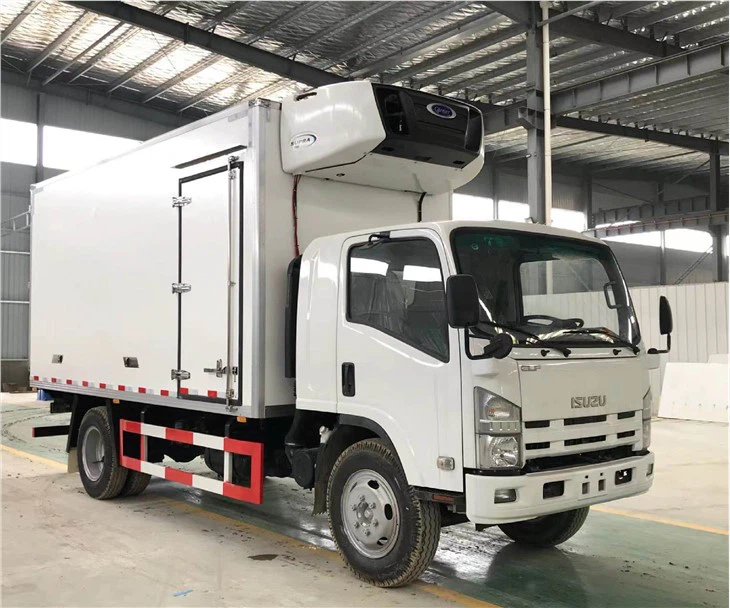Understanding the Cab of the Truck: Features, Functions, and More

The cab of the truck is more than just a space for the driver; it’s a critical component designed for comfort, functionality, and safety. Whether you’re a truck enthusiast, a new driver, or someone interested in the mechanics of vehicles, understanding the cab is essential. This article explores the various features, benefits, and types of truck cabs, along with practical tips for maintenance and customization.
1. What is the Cab of the Truck?
The cab of the truck refers to the section where the driver and passengers sit. It usually houses the steering wheel, dashboard, seats, and controls that manage the truck’s operation. The design and features of the cab can vary significantly based on the truck’s purpose, size, and manufacturer.
1.1 Types of Truck Cabs
Truck cabs come in a variety of designs, each suited for different needs. The major types include:
- Regular Cab: Often seen in light-duty trucks, this cab typically contains two doors and two seats. It’s ideal for personal use and light hauling.
- Extended Cab: This type has additional space behind the front seats, typically with rear-hinged doors. It’s perfect for families or those needing extra storage.
- Crew Cab: Featuring four full doors and seating for five or six, the crew cab is excellent for transporting more people while providing additional cargo space.
- Day Cab: Common in commercial trucks, a day cab has no sleeping area and is designed for short trips.
- Sleeper Cab: Equipped with a sleeping area, this cab is designed for long-haul trucking and provides comfort for drivers on extended trips.
1.2 Key Features of Modern Truck Cabs
Today’s truck cabs come loaded with features aimed at enhancing driver efficiency and comfort, including:
- Ergonomic Seating: Designed to reduce fatigue on long drives.
- Advanced Dashboard: Touchscreens and digital displays provide real-time data about speed, fuel economy, and navigation.
- Noise Reduction: Modern materials help reduce cabin noise, providing a quieter ride.
- Climate Control: Air conditioning and heating systems maintain a comfortable environment regardless of external conditions.
- Infotainment Systems: Stay connected with Bluetooth, navigation, and music streaming capabilities.
2. The Importance of a Comfortable Truck Cab
Comfort in the truck cab is crucial for several reasons, especially for those who spend extended periods driving.
2.1 Reducing Driver Fatigue
Long hours on the road can lead to fatigue, which significantly impacts safety. A comfortable seat with proper lumbar support and adjustable features enables drivers to maintain a more natural posture, reducing the fatigue associated with long-distance driving.
2.2 Enhancing Productivity
When drivers are comfortable, they can focus better on the road. Features like easy-to-read dashboards, intuitive controls, and technological integrations allow drivers to minimize distractions and enhance their productivity.
2.3 Impact on Safety
A well-designed cab improves safety not just through comfort but also through features such as advanced driver-assistance systems (ADAS), structural integrity during impacts, and better visibility.
3. Maintenance of the Cab
Proper maintenance of the truck cab extends the life of the vehicle and ensures safety and comfort. Here are some essential maintenance tips:
3.1 Regular Cleaning
Keep the interior clean to prevent wear and tear. Regularly vacuum seats and carpets, and wipe down surfaces to avoid accumulating dust and grime.
3.2 Inspecting the HVAC System
Ensure the heating, ventilation, and air conditioning (HVAC) system functions effectively. Regularly replace air filters to maintain air quality.
3.3 Checking for Wear and Tear
Examine seats, steering wheels, and control panels for signs of wear. Early detection can prevent more significant issues.
4. Customizing Your Truck Cab
Customization can enhance the functionality and aesthetics of a truck cab. Here are some popular upgrades and modifications:
4.1 Upgraded Seats
Choosing high-quality, ergonomic seats can significantly improve comfort. Look for options that provide better support and adjustability.
4.2 Interior Accessories
Consider adding accessories like floor mats, organizers, and additional lighting to improve functionality and aesthetics. Custom storage solutions can help keep the cab organized.
4.3 Technology Enhancements
Integrate modern technology for navigation, safety, and entertainment. Devices like dash cameras and GPS enable safe and efficient driving.
5. Practical Examples of Truck Cabs in Use
Understanding how different truck cabs function in real-world scenarios can provide valuable insights.
5.1 Delivery Trucks
Delivery trucks often use a regular or extended cab for navigating city streets and making frequent stops. The focus is often on storage capacity and ease of entry and exit.
5.2 Long-Haul Trucks
Long-haul trucks typically feature sleeper cabs, allowing drivers to rest during long trips. These cabs prioritize comfort, with beds and storage for personal items.
5.3 Construction Trucks

Construction trucks frequently have crew cabs to accommodate multiple workers and tools, designed for durability and functionality on rugged sites.
6. Future Trends in Truck Cab Design
The evolution of technology is shaping the future of truck cabs. Here are some trends to watch:

6.1 Autonomous Features
Self-driving technology is advancing rapidly and is likely to influence cab designs. Future cabs may come equipped with autonomous driving features.

6.2 Eco-friendly Materials
There is a growing trend towards using sustainable materials in the construction of truck cabs, which can reduce the environmental impact of manufacturing and provide better recyclability.
6.3 Smart Technology
Integrated smart technology that monitors driver behavior and vehicle performance for enhanced safety and efficiency is becoming a staple in modern truck cab design.
FAQ
1. What is the primary function of the truck cab?
The primary function of the truck cab is to house the driver and passengers and provide a control center for operating the truck safely and efficiently.
2. How can I enhance the comfort of my truck cab?
You can enhance comfort by upgrading to ergonomic seats, customizing your interior with organizers, and ensuring that your HVAC system works efficiently.
3. What are the common types of truck cabs?
The common types include regular, extended, crew, day, and sleeper cabs, each designed for specific purposes and user needs.
4. How can I maintain my truck cab?
Regular cleaning, inspecting for wear, and maintaining the HVAC system are essential steps in keeping your truck cab in good condition.
5. What are some popular customization options for truck cabs?
Popular customization options include upgraded seating, interior accessories, and the addition of advanced technology like GPS and cameras.
6. Are there eco-friendly options available for truck cabs?
Yes, many manufacturers are starting to use eco-friendly materials and designs that promote sustainability in truck cab construction.
